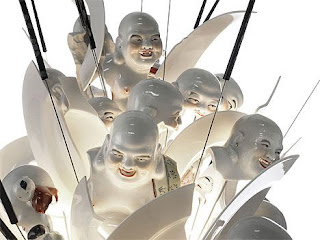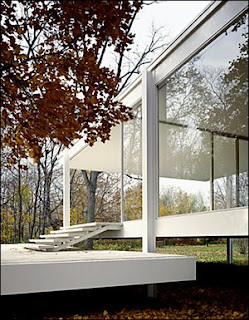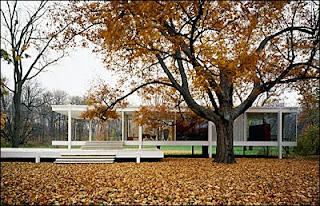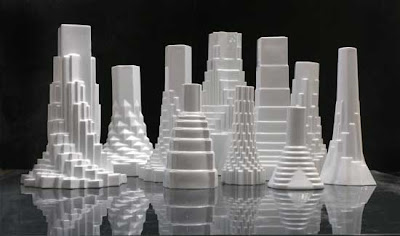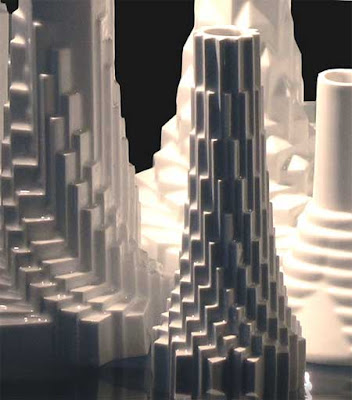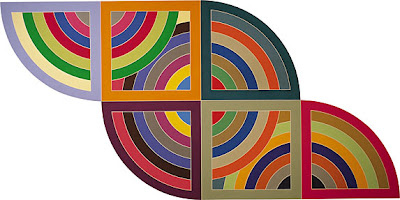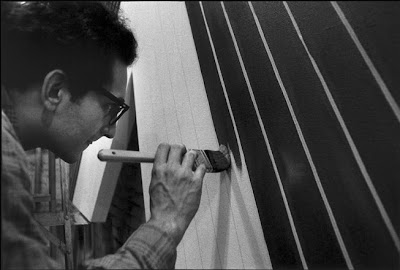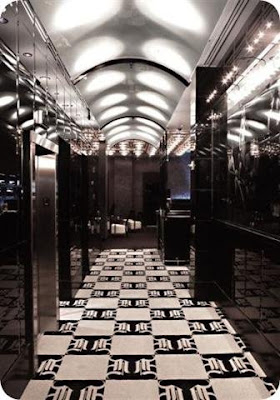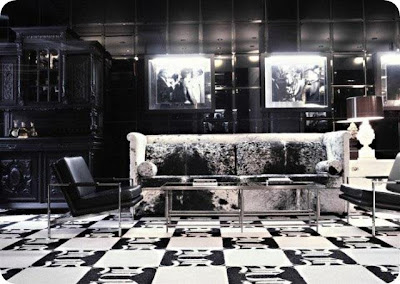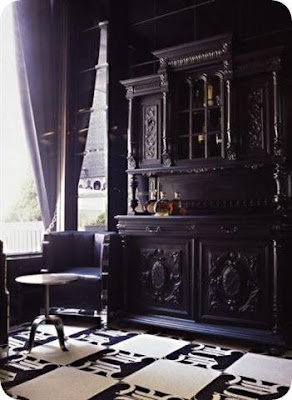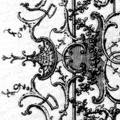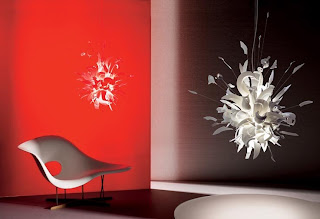 Porca Miseria! 1994
Porca Miseria! 1994German-born Ingo Maurer is one of the most prolific and respected artist/designers working today. Fascinated by what he calls the “magical and mystical” properties of light, Maurer constructs luminous atmospheres that play with traditional concepts of color, brightness, and shadow. Since 1966, Maurer has created more than 150 different lights and lighting systems and designed lighting for diverse international venues, including fashion runways, public buildings and monuments, and private commissions. Maurer uses unexpected materials and found objects to create light, and he is a pioneer in the usage of new lighting technologies.
http://www.interiordesign.net/id_article/CA6513687/id
http://www.interiordesign.net/id_article/CA6513687/id

